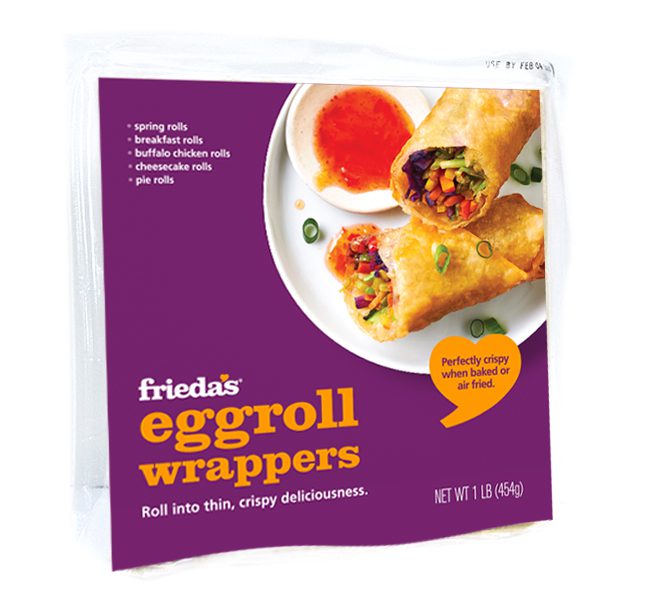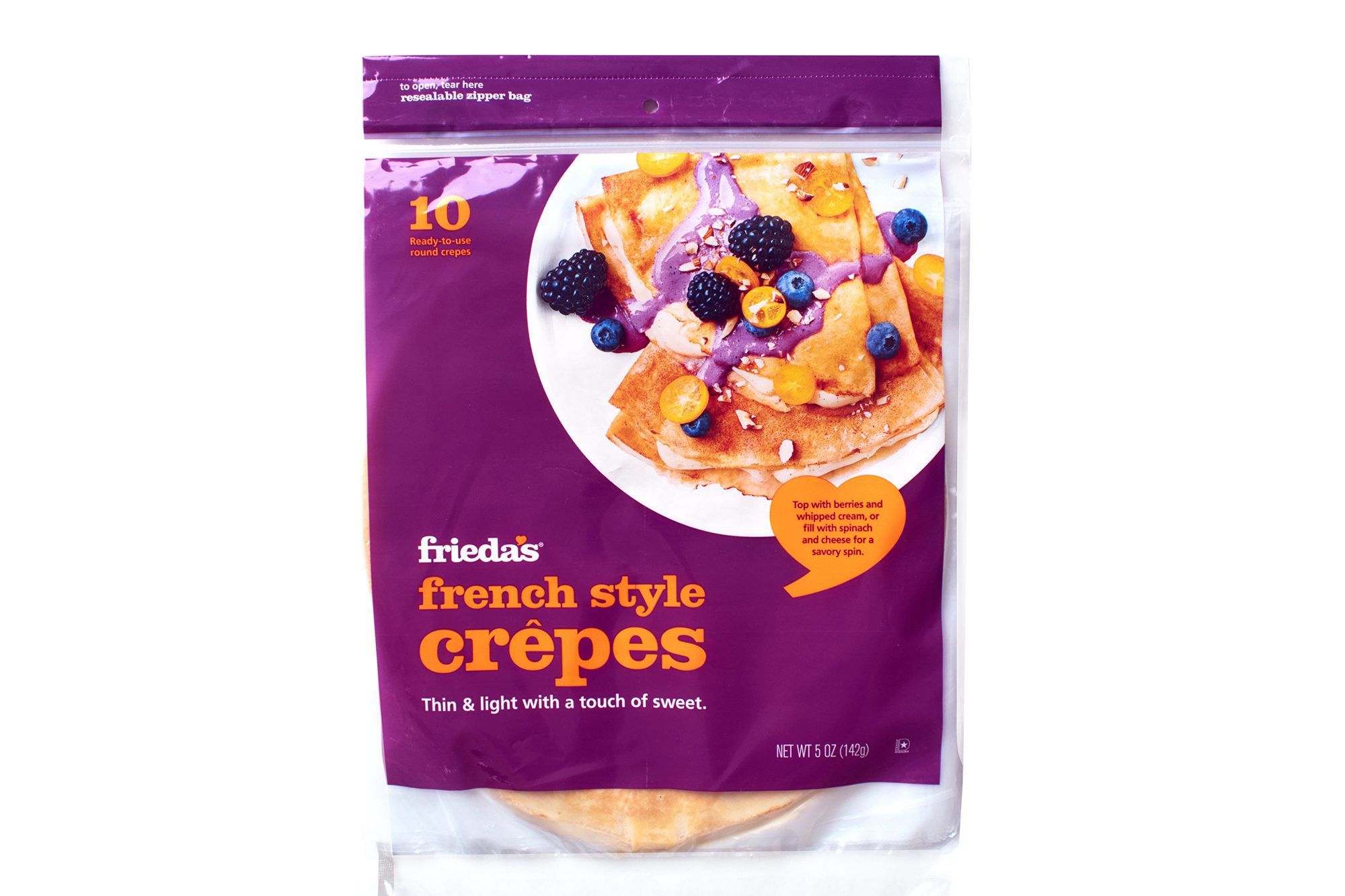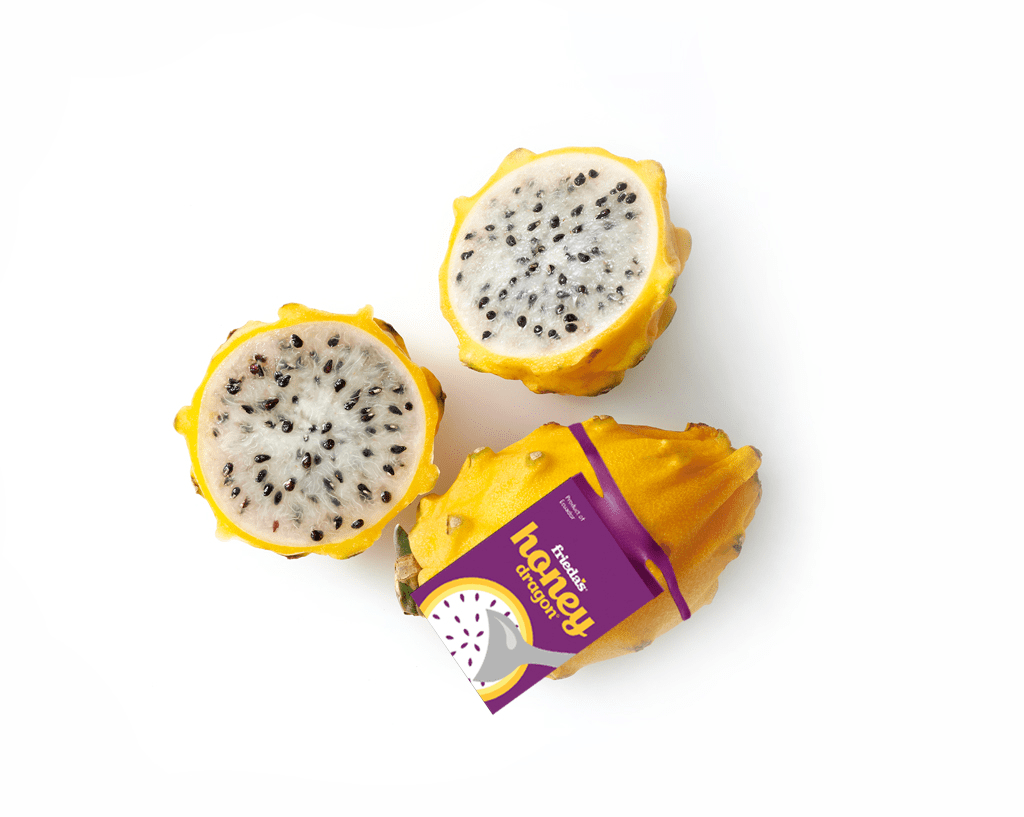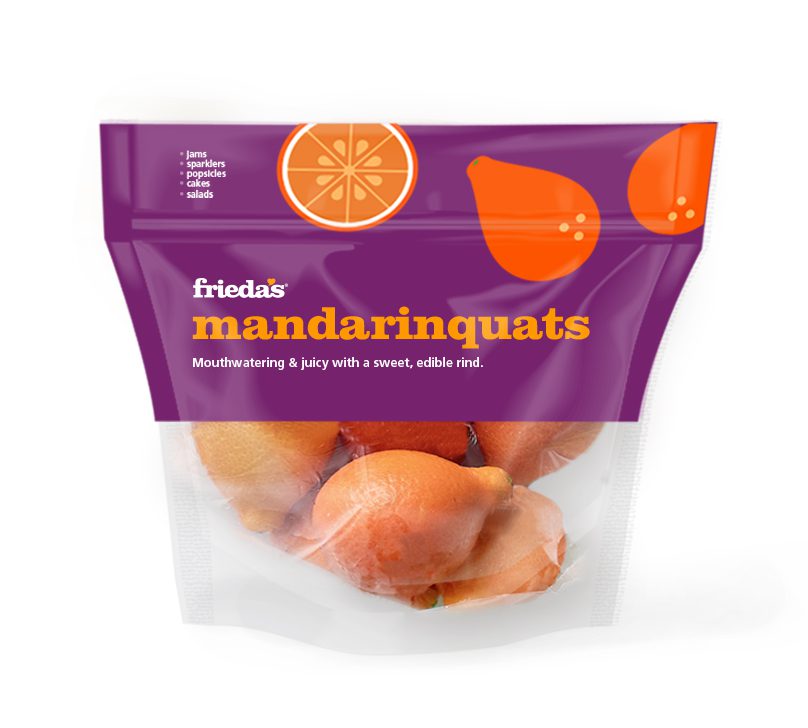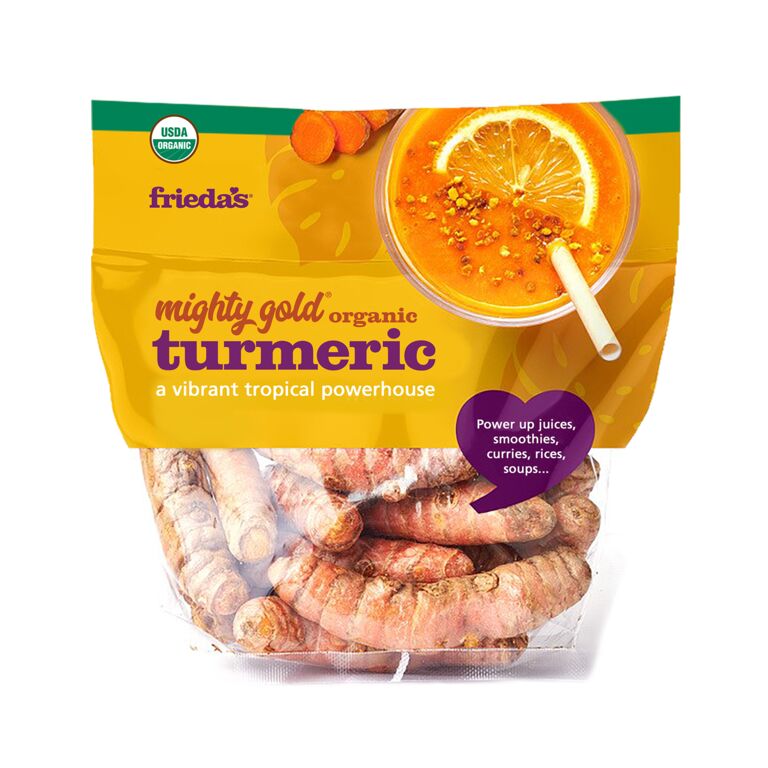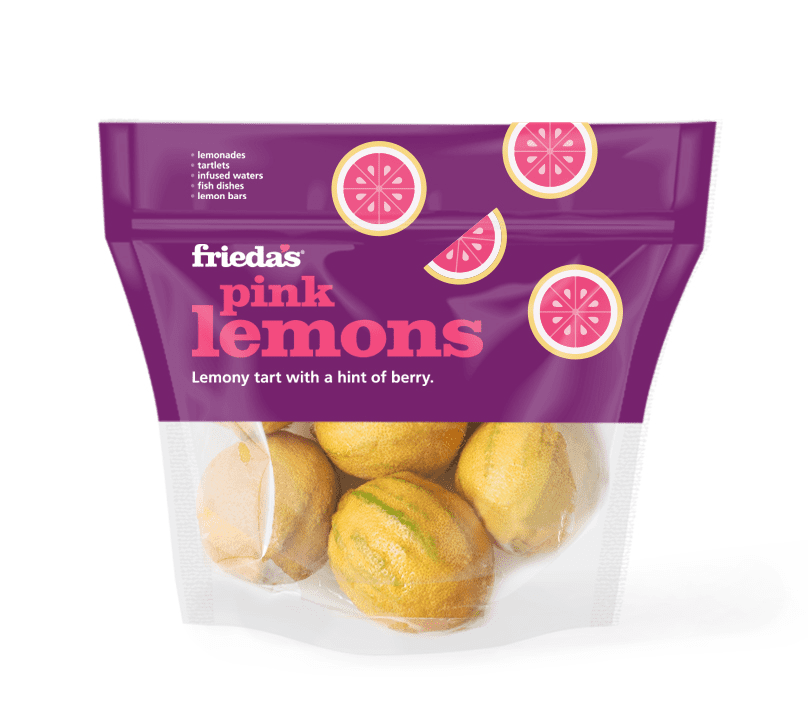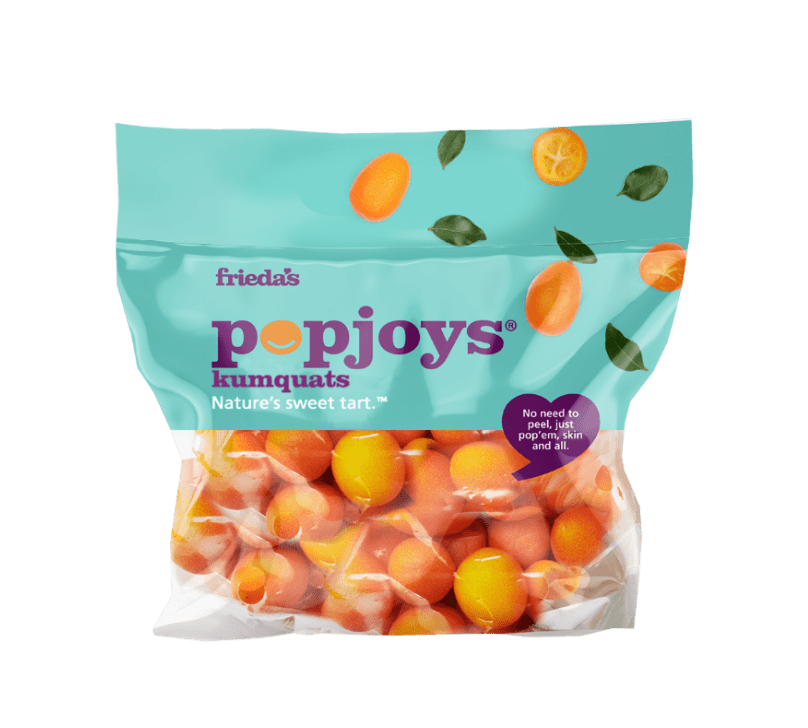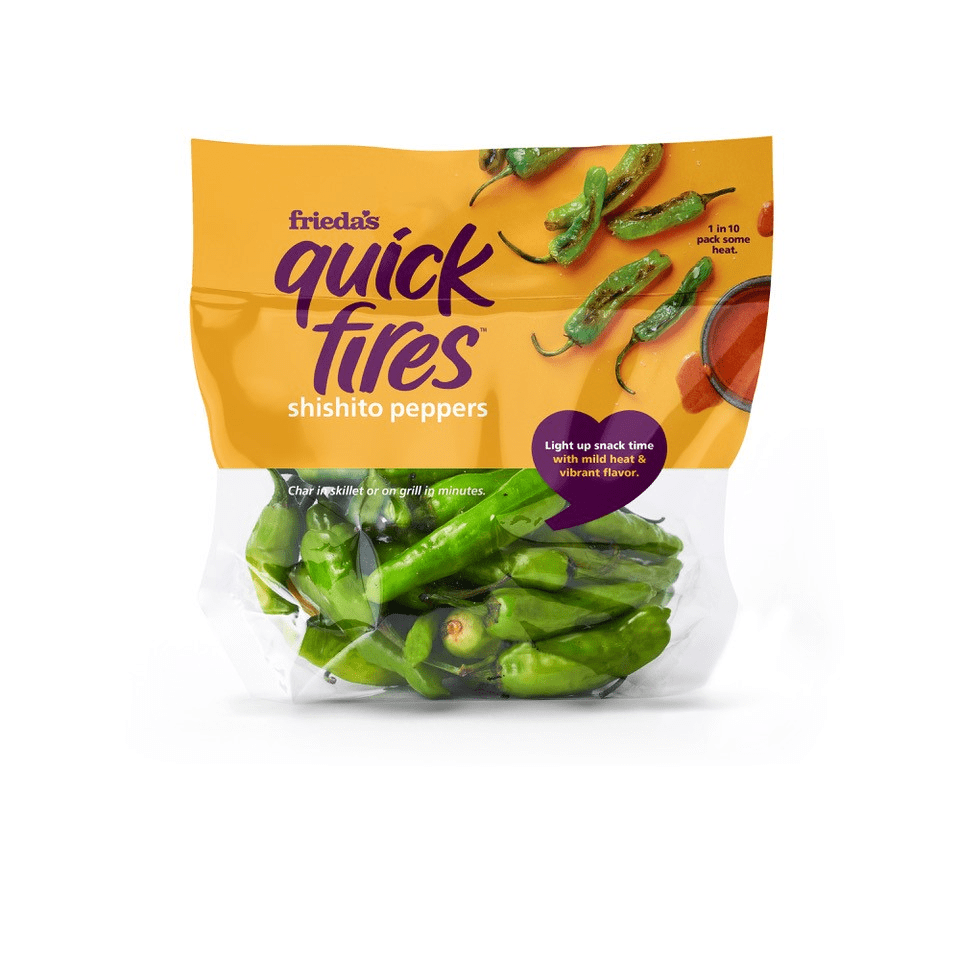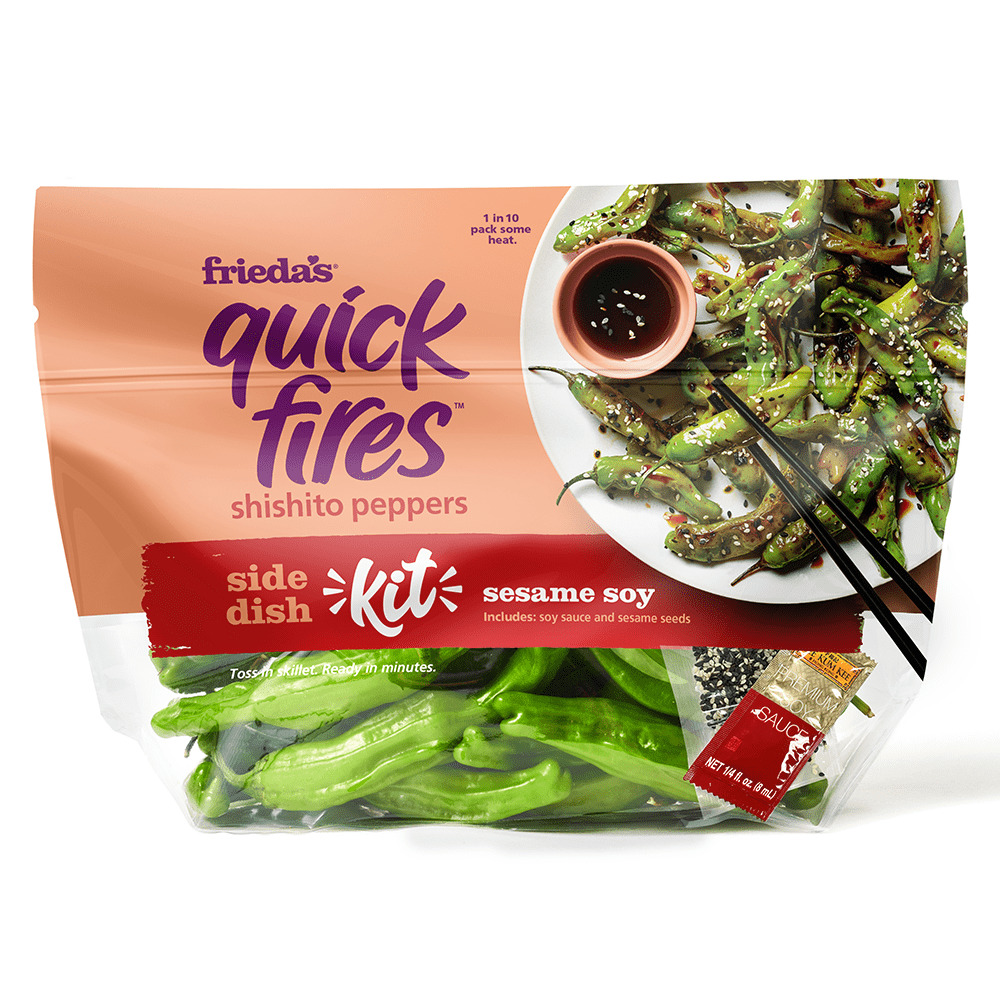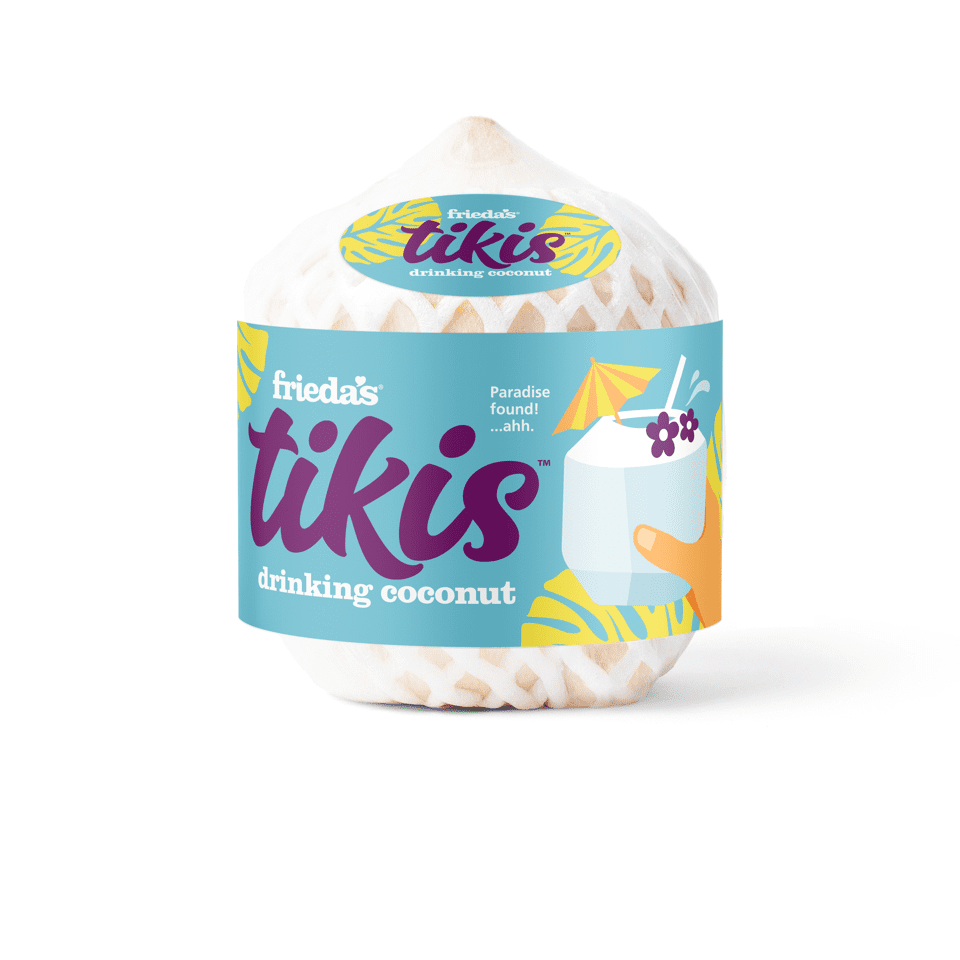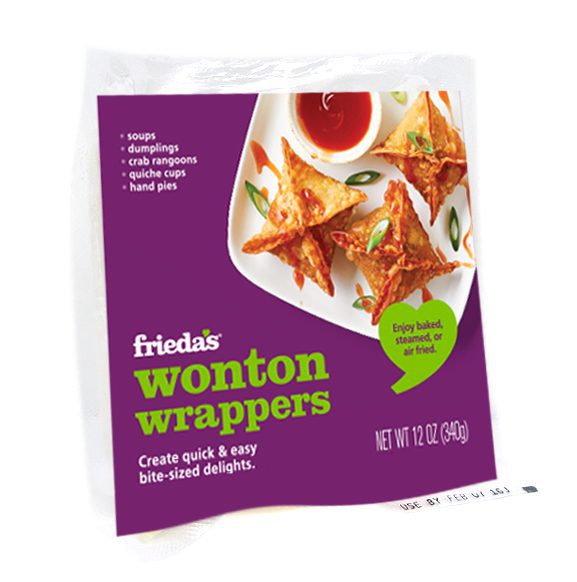April is our company’s anniversary month; we launched on April 2, 1962. So one of our traditions is that we sponsor our local produce organization luncheon each April as a way to celebrate our anniversary and give back to the Fresh Produce & Floral Council.
My daughter Alex Jackson represents us as our spokesperson and she gave a five-minute talk. I want to share some of the highlights.
The audience at the luncheon is made up of produce people from age 20 to 92 (my mom, Frieda, was there), so Alex took the opportunity to share some fun facts about the different generations and their styles of grocery shopping.
Traditionalists — Born before 1946. Also known as “The Silent Generation.” They spend the least amount of money during their shopping trips, but take the most time going through the store.
Baby Boomers — Born between 1946 and 1964. They were excited to raise their hands and be recognized during the luncheon. Baby Boomers are reaching the age where their income is more disposable and most don’t have kids to support, so they spend however they want. Though interested in name brands and loyal to those brands, Baby Boomers like sales, bargains, and shopping online (just like their millennial children). However, customer service, particularly helpful salespeople and produce managers, keeps them loyal to stores.
Generation X — Born between 1965 and 1980. This group oftentimes feels forgotten or unheard. Generation Xers are independent. They don’t love shopping as much as Baby Boomers and Millennials, but they’re more than willing to try a new brand. They are a little skeptical and cynical, so they are won over with superior quality and customer service. You need to exceed their expectations.
Millennials — Born between 1981 and 2000. Sometimes referred to as Generation Y. They will be 50 percent of the workforce by the year 2020! They will spend more than $200 billion annually, starting in 2017. Millennials are loyal to brands that treat them well and, in case you haven’t heard, they want to be catered to.
So why did Alex talk about the four generations at the luncheon? To highlight that many companies are making changes to their packaging and branding to be more appealing to the powerful millennial tidal wave that is coming our way.
For example, restaurant chain Daphne’s Greek Café has been transformed into Yalla Mediterranean, a build-your-own restaurant. Like Chipotle, Yalla lets you customize your meal, which is what Millennials want from a restaurant.
Rubio’s Baja Grill is now Rubio’s Coastal Cuisine, saying its menu items are “made with a mission.” The chain now features California-grown avocados and wild Alaskan salmon. Millennials want to spend money on brands that are doing more than just feeding them. They want to spend their money at restaurants that are giving back to the community, working with local growers, and making them feel good about their purchases.
Companies within the produce industry are also doing more to appeal to Millennials.
Love Beets’ flavored beets packaging has smiles on it so the beets look happy to see you!
Village Farms is giving its tomato varieties and packages witty names.
And at Frieda’s, well we recently went through a brand refresh as well. We redesigned our packaging to make it more appealing to millennial shoppers (and the rest of us who want to feel young). Our products now appeal to their desire to try something new every day. Millennials are also willing to spend more money on a fresh produce item that they’ve never seen before that will inspire them to try a new recipe.
Now when you hear about the different generations, you’ll know what they mean and why they are different. And if you see that the packaging (color and type) has changed on one of your favorite foods or any product you purchase, you’ll be able to guess that the company didn’t just hire a new marketing director, it is actually trying to appeal to its ideal shopper. And be more relevant.
And that’s what it’s all about! Being relevant.
Karen


